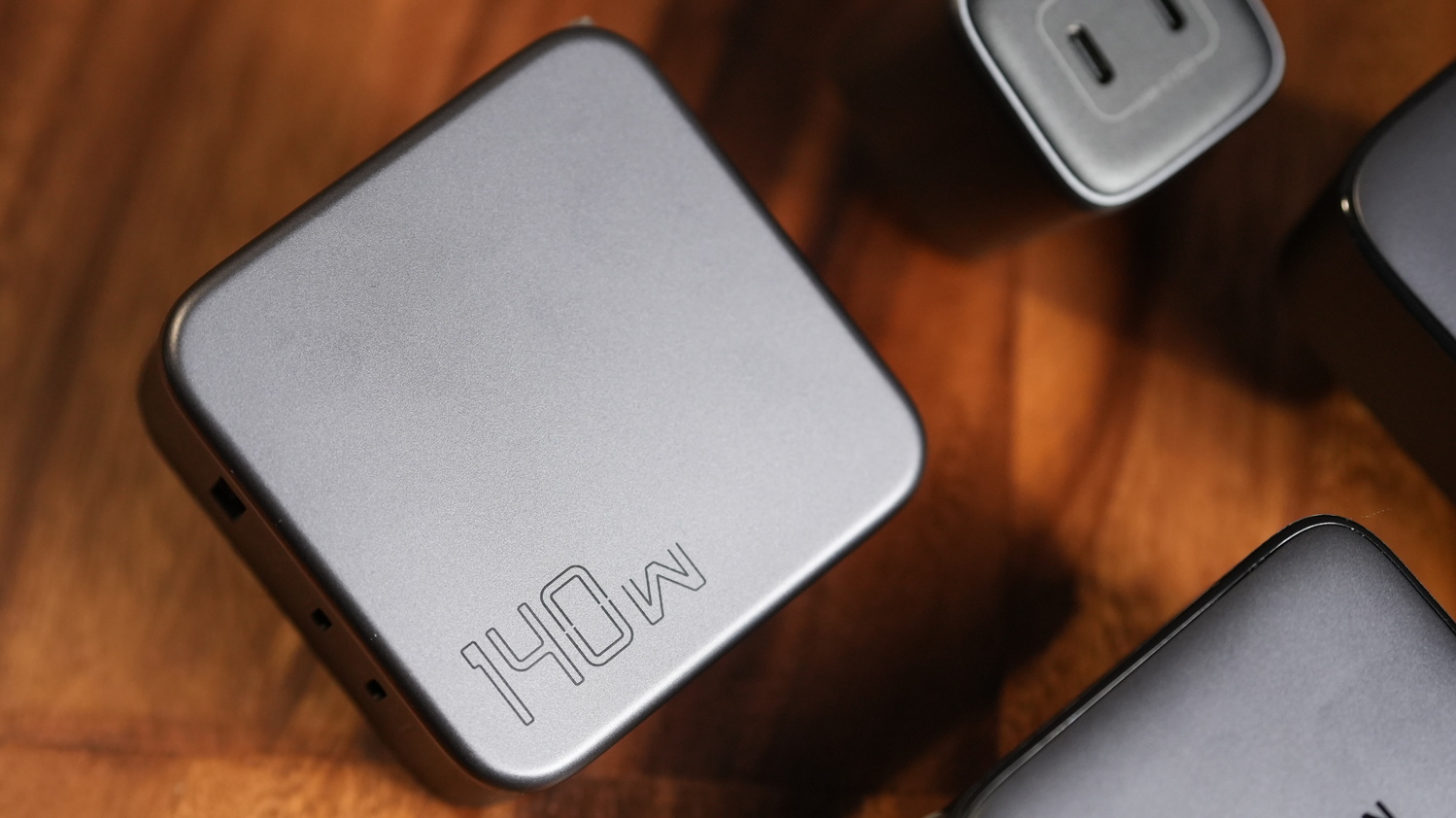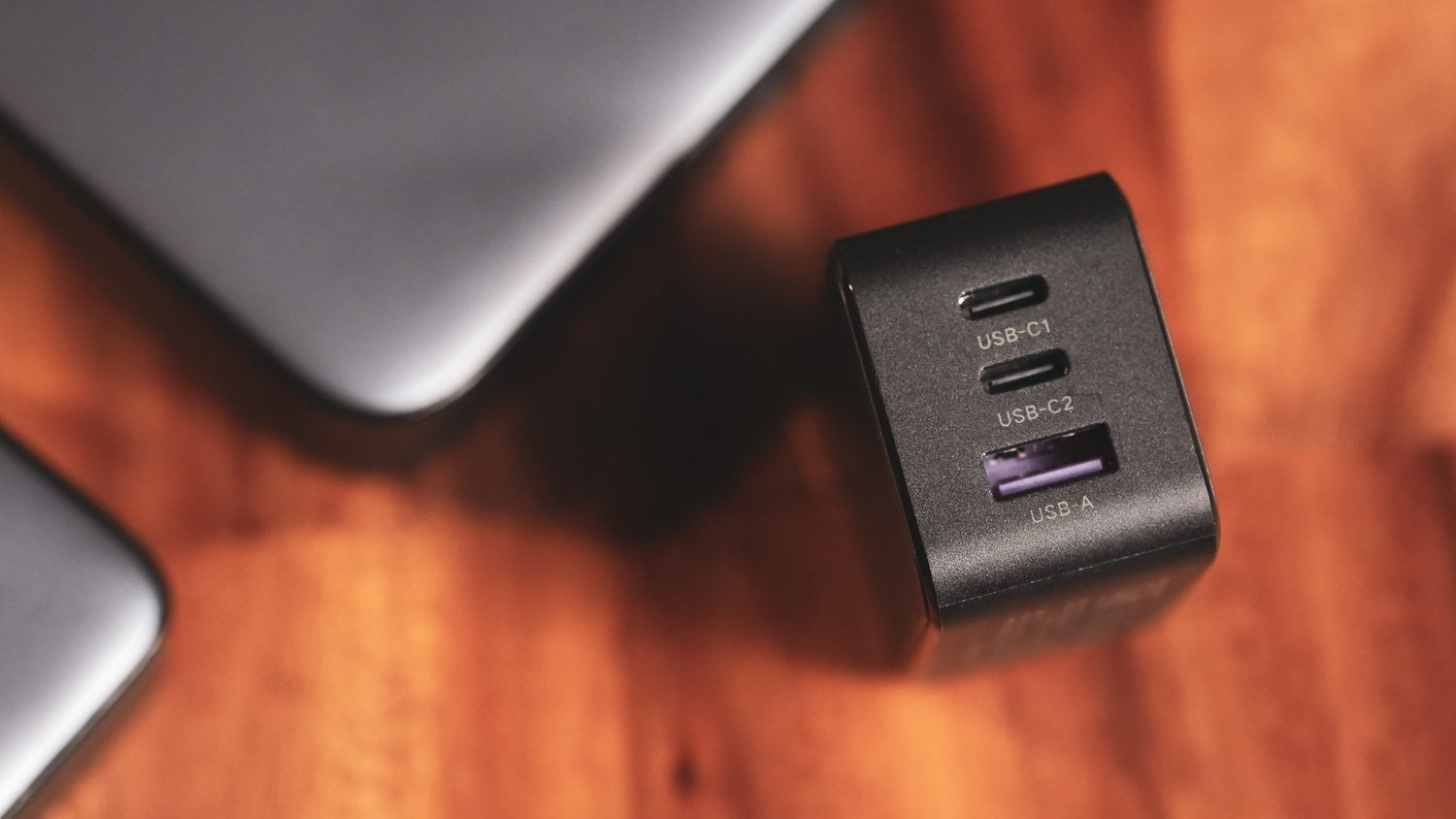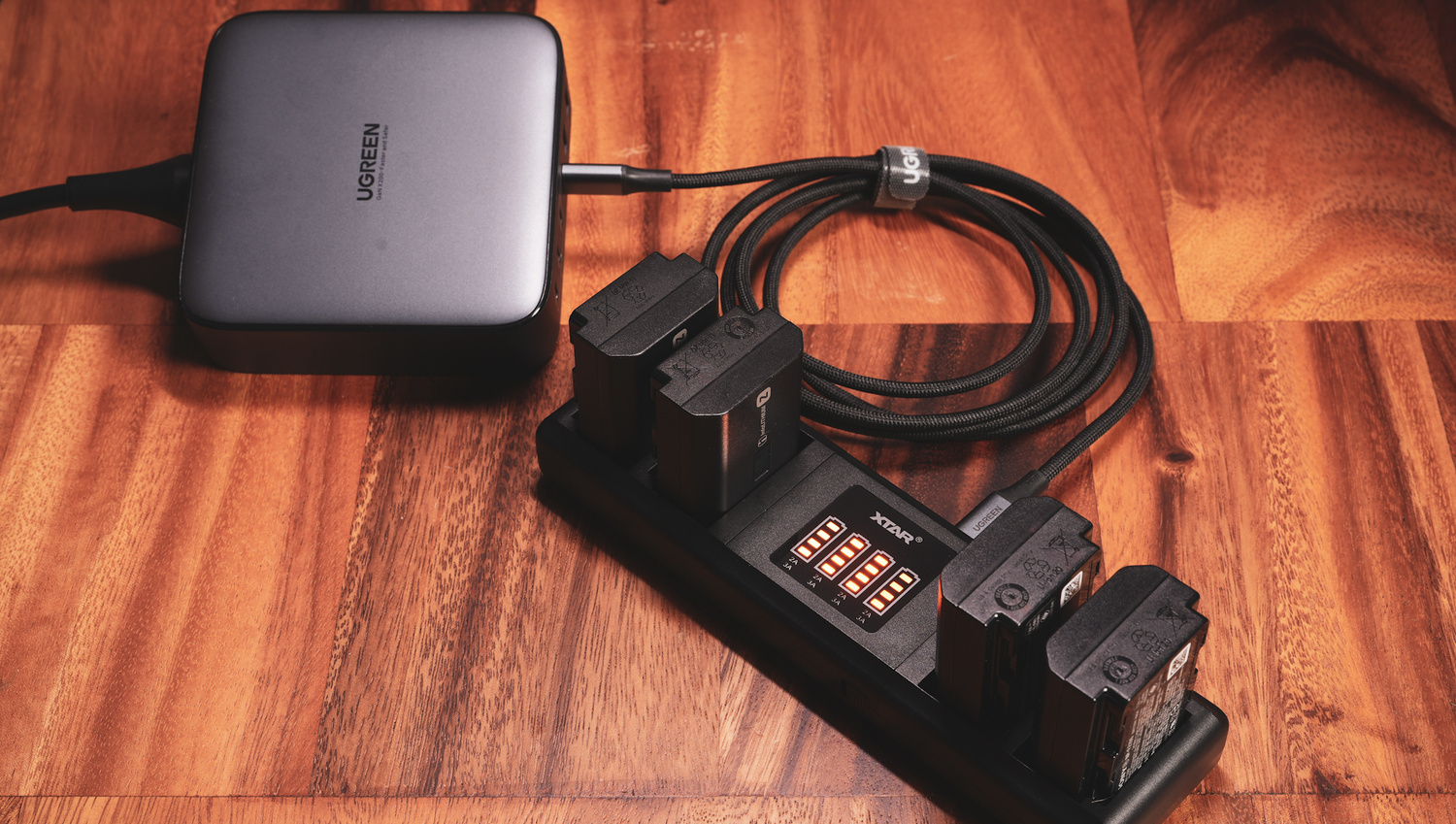Being a photographer permanently changes the way you travel. One sees the world and every destination in a different way that is fueled by curiosity and wonder. At the same time, it also means carrying more stuff around with you.
Most photographers would agree that often the thought of traveling with not too much stuff in your bag seems impossible especially if they prefer to bring multiple cameras or multiple lenses depending on the purpose of the journey and the requirements of the shoot. On top of bringing all your necessary personal items, your gear and everything necessary to make them work properly often fill up luggage space with barely any room to spare.
Some accessories that have been designed to play multiple roles in your travel essentials list can greatly reduce the amount of gear and accessories that you have to carry around. The most annoying part of traveling with gear is probably having to bring a lot of the same things to be more time or cost-efficient. In addition to choosing smaller cameras and considering walk-around lenses whenever possible, here are some tools that I’ve found to be helpful to lessen the things that you have to pack.
1. A Charger for All Your Batteries and Devices
Perhaps the most annoying item to bring in duplicates is chargers especially if you have a lot of different devices to charge. If traveling purely for the sake of exploring and photographing places, one might say that you would be better off with fewer devices to better enjoy your adventure. However, the truth is that a lot of photographers travel for work purposes which is why planning the accessories that you carry has such an impact on how comfortable you can be when in transit.

One great solution I’ve found is to bring a single multiple-port charger that can simultaneously juice up my devices at once. Gallium nitride (GaN) chip chargers make it possible to deliver more power to multiple devices much faster and in a safer manner. These chargers are equipped with fast charging systems that not only do so quicker but also have Power Delivery and other charging standards that determine the optimal charging rate to prevent damaging and over-charging your devices.

I’ve personally been using Ugreen Nexode chargers for this exact purpose. A single 45-watt charger is more than enough for charging a smartphone and your camera's batteries simultaneously. With the addition of a tablet, a 65-watt charger should be enough to charge everything while you sleep. For the added heavy needs of a laptop, a 100-watt or 140-watt GaN charger can meet most requirements depending on the specific laptop, and of course, its capability to charge with USB-C ports.

2. A Multi-Port Camera Battery Charger
For photographers, the most basic requirement would of course be one for your camera battery and if one intends to shoot continuously throughout the day, one camera battery wouldn’t be enough. Regardless of whether I’m bringing just one or multiple cameras for the trip, I make it a point to have at least 3 or 4 backup batteries with me. Most camera manufacturers make chargers that only have a single battery slot on them and most of the time seem unnecessarily bulky.

There are a lot of dual-slot chargers for most of the common camera battery types that can be found online but I particularly ended up using the XTAR SN4 charger myself because of the possibility of charging 4 camera batteries at the same time. It does come with its own 45-watt charger however it only has a single port so I pair it instead with one of my GaN multi-port chargers for the purpose mentioned above.
3. Modular Camera Bag Inserts

Whether you are staying at a luxurious hotel or setting up camp on a mountain, most of the time there is a chance for you to leave behind heavier personal belongings while you are out to take pictures. This is precisely when camera bag inserts come in handy. By keeping your cameras and lenses in one, you can easily pull them out and attach straps whenever it’s time to shoot and that should allow you to be more comfortable and even more efficient as you go around to take photos. At the same time, if you simply need to free up some space in your bag to make way for more stuff, you can carry the camera insert/case individually to do so. Peak Design and Lowepro are among some of the brands with multiple size options.
4. Collapsible Backpack

In addition to a removable insert, I’ve found it handy to always have a secondary backpack folded up packed along with clothes. For the same reason above, there might be instances when you just want to carry your camera gear and leave your backpack or luggage behind. The folded-up backpack gives you then the option of placing the insert inside it if you are more comfortable carrying it on your back instead, especially when the weight might shift your balance. The Lowepro Runabout Daypack is the option that I have personally tried and it offers an extra benefit of being moisture resistant along with the fact that it is made of eco-friendly recycled fabric. Another option might be the Nomatic Navigator which conveniently zips up into a compact pad when folded up.
5. A Tripod Just Big Enough for the Requirement

This might not be an entirely new option but more of an important factor to consider in gearing up for your travels. Choosing the right tripod for the trip is crucial in reducing the unnecessary weight that you carry around. If you have ever traveled with a tripod, you probably know the impact it would have on how much other stuff you can carry and the size of the bag you put it in when flying. It is always important to foresee how much you will be using a tripod during the duration of your trip. Some photographers only really bring tripods for self-portraits when seeing new places and this is when compact travel tripods or Gorillapods come in handy.
If you’ll be shooting much more with tripods, specifically to do long exposure shots for landscape photography but at a location where you won’t have to brave strong winds or water currents, carbon fiber travel tripods are the best option. However, if you are using heavier camera gear or facing harsh environments then you would obviously have to bring bigger and heavier tripods to be safe.

Preparing for your photography adventure is crucial especially when you have to limit what you carry on your back while you remain versatile to endure the journey. Having options to minimize what you bring without having to compromise on function makes a world of difference in the overall experience. Being comfortable while you travel most of the time affects not just your experience but also your creativity while shooting which is why having the right tools directly affects the quality of the photographs you bring home.
What other travel accessories and hacks do you have to share?







Bear in mind that aftermarket chargers that only have two contacts for the batteries will drastically shorten the life of your OEM batteries, and in extremely hot or cold conditions they will be downright destructive to your batteries and may even cause fires because they lack simple but important safety features.
For power, another option is to charge batteries in-device during your down time. Doesn't work for all scenarios, but can save some space/weight.
Regarding tripods - I very rarely need one. I did take a monopod last trip because I was expecting to do a lot of work with a 200-600 in rough terrain, but in the end my sessions were short enough to avoid fatigue and the terrain wasn't rough enough that the monopod as a walking pole made sense.
Having the option of USB-C on many Sony bodies is great for direct download of images to laptop or for charging purposes if something happens to your charger/card reader.